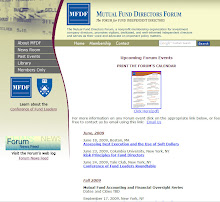The original questions surrounded the issue of whether Treasury has been pursuing a consistent and effective strategy with taxpayer money, and the uses thus far of the money that has been given to financial institutions. While the report vigorously defends the actions Treasury has taken, it also notes that: "Given the number and variety of financial stability actions being put in place by multiple entities, it will be challenging to view the impact of the Capital Purchase Program in isolation and at the institutional level."
The response document addresses the following questions, originally posed in a December 10, 2008 report by the Congressional Oversight Committee:
Question 1: What is Treasury’s strategy?
Question 1b: What specific facts changed that led to your change in strategy?
Question 2: Is the strategy working to stabilize markets?
Question 3: Is the strategy helping to reduce foreclosures?
Question 4: What have financial institutions done with the taxpayers’ money received so far?
Question 5: Is the public receiving a fair deal?
Question 6: What is Treasury doing to help the American family?
Question 7: Is Treasury imposing reforms on financial institutions that are taking taxpayer money?
Question 8: How is Treasury deciding which institutions receive the money?
Question 9: What is the scope of Treasury’s statutory authority?
Question 10: Is Treasury looking ahead?
The full text of the Treasury's December 30th response is available at: http://www.treas.gov/press/releases/reports/123108%20cop%20response.pdf





